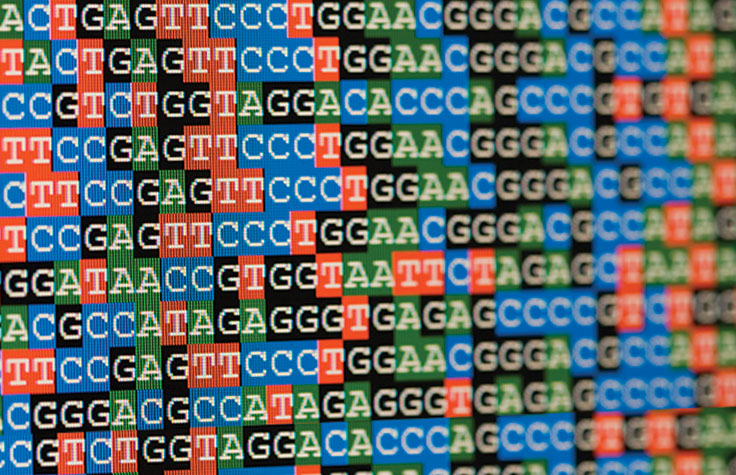What is a Genome?

Before we get into whole genome sequencing, first we need to understand what a genome is. A genome is the complete set of DNA. The genome is made out of the four bases A (Adenine), G (Guanine), C (Cytosine), and T (Thymine). The order of these 4 bases are called genome sequences. Certain sections of this sequence are called genes. These genes contain the instructions cells use to create different proteins. While the majority of genome sequences in humans are identical to each other, the slight variations in the sequence are what make everyone unique. The reason being when a gene or sequence of bases change, the protein being produced may change as well.
What is Whole Genome Sequencing?

Whole Genome Sequencing allows the genome sequence (the order of the 4 bases) to be read. This is done by taking a blood or saliva sample it putting it into a special machine. The machine is able to break up the DNA and read the base sequence. The sequence itself has to be decoded before it can be useful as at this point it is only a very long string of letters. So in order to be able to make sense of this long string of letters, the machine takes the sequence from the given sample and compares it to a standard reference sequence. The machine then picks out the differences, which are called variants, between the two. These variants are what contribute to your different traits such as hair colour, height, and even how likely you are to have certain diseases.
How Can Whole Genome Sequencing Help You?

Whole genome sequencing can be extremely useful. It is used to identify variants which in turn identify certain traits.
A huge advancement for this technology is the ability to identify genetic disorders, which are caused by abnormal variants or mutations. This can help warn people in advance if their chances of developing certain diseases are high or if they are a carrier of a disease.

Sickle Cell disease is a good example of this. For someone to have sickle cell disease they must have two copies of the gene. However, if they only have one copy they will not contract the disease but instead be a carrier. This means while they may not suffer from the disease they may pass down the gene for Sickle Cell disease to their children.
Whole Genome Sequencing also plays a role in Phramocagenomics. This is very useful as it allows genetic variations that affect one’s reaction to medication to be identified. Certain variations may cause a medication to be ineffective or cause specific side effects.
Downsides to Whole Genome Sequencing
Sometimes the results from the Whole Genome Sequencing can cause social or emotional consequences. Finding out that you or someone close to you has certain variants that make the chances of developing a disease or disorder can be difficult to handle. Especially since there are still some limitations on how much information can be interpreted from the genome sequences. Not all diseases or disorders that are identified have a cure. How severe symptoms may become if they develop at all are also unknown factors. This lack of knowledge may cause some anxiety to people who decide to get whole genome sequencing.
Whole Genome Sequencing and the Future
While a lot of advancements have been made since the first Whole Genome Sequencing in 2003, there is still more to learn. When scientists interpret the sequence, not every single variant has a known meaning. These are called Variants of Unknown Significance. This means there is still more information that can be extracted from these sequences that hopefully can be found in the future. Participants of whole genome sequencing have the option to anonymously donate their genome sequence to science where it can be analyze to help find the meanings for variants of unknown significance. In the future, scientists may even find more ways our genome sequences impact our lives.
Sources
http://www.illumina.com/techniques/sequencing/dna-sequencing/whole-genome-sequencing.html
*Other Sources are Hyperlinked or found in the caption*

